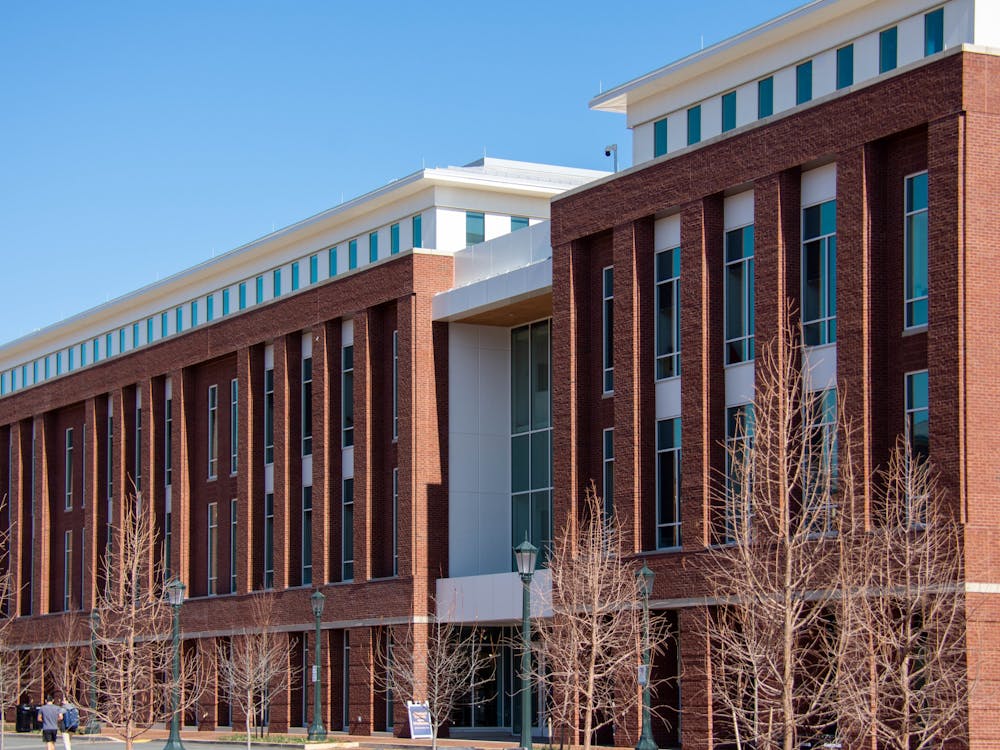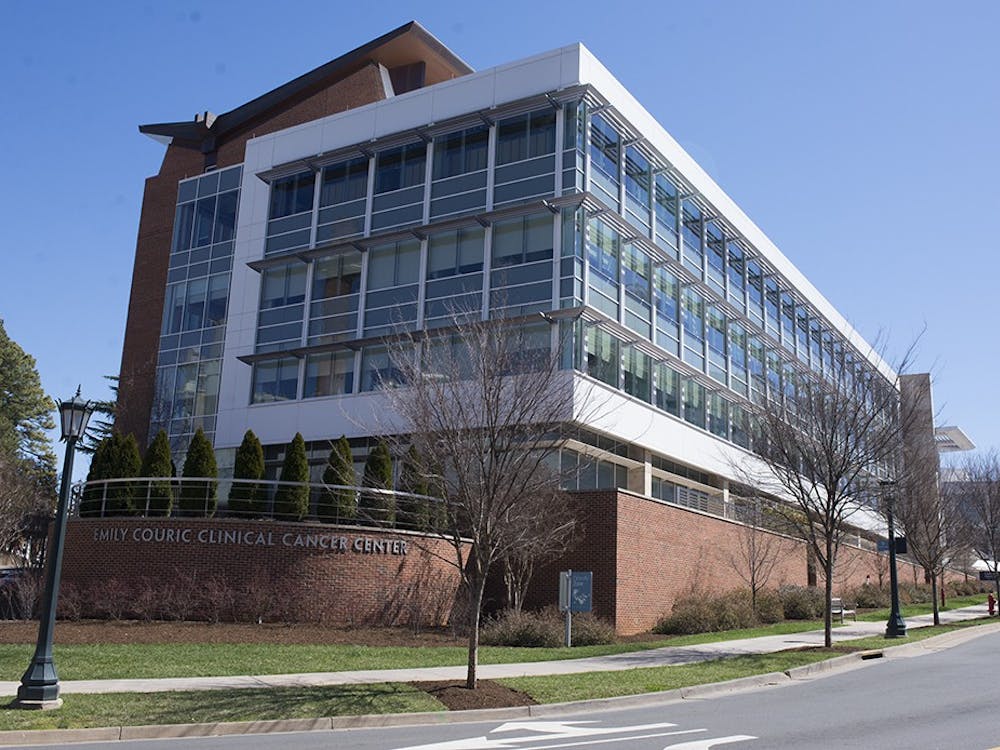When AIDS came to national attention in the middle of the 1980s, there were many calls to combat the insidious and largely unknown epidemic. Now, the words AIDS and HIV may conjure up images of Magic Johnson, the movie "Philadelphia" or distant continents where the disease may infect a quarter of the population.
In fact, AIDS may have become more recognizable as a party joke (à la Team America: World Police) than as a lethal disease that someone may actually catch. How do AIDS and the virus that causes it, HIV, affect University of Virginia students?
The University and AIDS
Yes, HIV and AIDS could spread through the University, but statistics say it is not spreading at present. There are 16,000 people with HIV or AIDS in Virginia, according to the Charlottesville-based AIDS Services Group (ASG).
"[HIV and AIDs] prevalence is low [among U.Va. students] to the best of our knowledge," said Tara Schuster, Peer Health Education coordinator.
She attributes the "extremely low" prevalence to safer sex practices of University. students and knowledge about sexually transmitted infections. However, Schuster does "recommend testing once every six months for sexually active individuals or with every new partner."
Outlining the Problem -- Washington, D.C. area
Many University students spend time partying in Washington, D.C. hotspots like the Adams-Morgan bar district and Georgetown University. Although the incidences of AIDS in these areas are lower than the poorer areas of the District, the chances for transmission of AIDS in a city where AIDS problems are rampant remain.
Consider that 3,834 of the 13,401 University undergraduates live in Fairfax, Loudon and Prince William counties, according to the Institutional Assessment and Studies. An additional 445 stduents come from the city of Alexandria and Arlington county.
Washington, D.C. frequently has one of the highest incidences of AIDS in the country. According to Nick Napolitano, an associate with the CAEAR Coalition, a group advocating aids relief, there are 15,392 people living with AIDS in the greater D.C. metro area as of December 2003. According to the D.C. Health Department, that equals 119 cases per 100,000 people.
This number is higher than any other city in the United States with a population over 500,000. In 2004, the Centers for Disease Control and Prevention cited 179.2 new cases per 100,000 residents.
According to the D.C. Health Department, the District represents 2.13 percent of AIDS cases nationally. According to the U.S. Census Department, 0.18 percent of the US population resides in the District.
These numbers do not include HIV, either.
Under the Ryan White CARE Act, the District garnered $51,379,850 in the 2005 fiscal year to combat HIV and AIDS, according to Napolitano.
One nonprofit group vying for a government grant is PreventionWorks!, which hands out clean needles to District residents. According to the group's Web site, "clients are served weekly at 11 needle exchange sites located near active drug strips."
HIV Woes
Former President Bill Clinton, who heads the Clinton Foundation, which fights the spread of HIV and AIDS, is among those who believe that most people do not even know they have HIV, according to the Foundation's Web site.
"If 90 percent don't even know (they have HIV), how can you ever reduce the number of sufferers?" Clinton said at a news brief in London on March 28.
Clinton may have been speaking to worldwide statistics. According to ASG, 25 percent of those infected in Virginia are unaware.
Although some people will exhibit flu-like symptoms in the first few weeks of contracting HIV, "usually people [infected with HIV] have no symptoms for the first 10-plus years," according toSchuster.
HIV Testing
The Elson Student Health Center offers a completely confidential HIV testing program designed by Schuster and her fourth-year intern, Ciara Bernier.
The program offers testing that is either sent to a Virginia state lab free of charge, or sent to the University Hospital for a price of $75. The only difference between the two labs is the amount of time it takes for the results to return, according to Schuster. The state lab results usually come back in four weeks, while the University Hospital's results take only one week.
Jim Turner, Director of Student Health,assured that those records at Student Health are completely confidential. While results of HIV tests do go on student medical records, they cannot be seen by anyone without the permission of the student. By law, however, Student Health must send the number of positive results to local and county government officials.
"The most frequent complaints I get are from parents requesting information about their student's medical records," he said. "I can't let them see any records, even if they pay for [the student's health] insurance."
For those who would like to remain even more anonymous, the AIDS Services Group sometimes offers testing that only uses numbers as identification.
ASG is coming to the University today to do 20-minute HIV tests that have 99.9 percent accuracy. Testing will take place in Newcomb Hall, room 168, from 10 in the morning until four in the afternoon.
Blood donations are also screened for HIV. Although all blood donations have been screened for HIV since 1985 in the U.S., donors are encouraged not to use donation as a method of testing because of the possible spread of infection.






